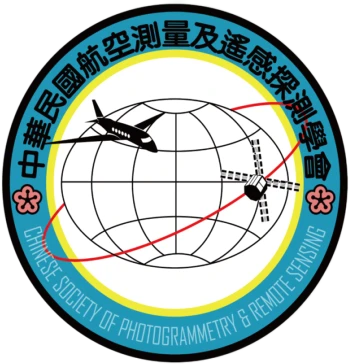Techniques of GIS data acquisition have been steadily improved over the past years, therefore, how to efficiently manage these volumes of complex data and effectively take advantage of their existence become a bottleneck for the future GIS development. Past research demonstrated that the accuracy of image classification can be improved by introducing ancillary information like landcover or landuse data. This research focuses on the data selection process in the GIS environment. We suggest a knowledge-based approach, which replaces the human users ‘interpretation and judgement with a knowledge base loaded with rules about human spatial and domain knowledge. The system is designed to understand users, requirement, infer their requirement with the understanding about GIS data, and then transform the requirement to a query executable with GIS DBMS. It is expected to solve the semantic gap about reality phenomena due to the different definitions from application domains(e.g., remote sensing) and existing GISs. This research started with a general analysis about building a KB based on the understanding of GIS data, we then use remote sensing image classification as examples to demonstrate how a KB can help choosing appropriate ancillary information to meet certain domain requirement. With careful selection and formalization of spatial and domain knowledge, it is optimistic to expect GISs to be able to meet more domain needs in the future.

